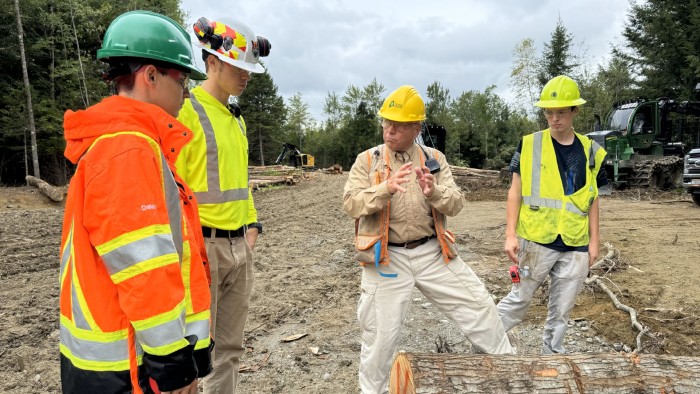
Why a Rural-Serving College May Look Different Than You Think
 It used to be easier to tell which colleges served rural communities. Just rewind to the birth of land-grant universities, non-urban campuses that specialized in teaching skills that rural areas needed, like agricultural and technical training.
It used to be easier to tell which colleges served rural communities. Just rewind to the birth of land-grant universities, non-urban campuses that specialized in teaching skills that rural areas needed, like agricultural and technical training.
Fast forward a century and a half, and things are more complicated. College-going students are much more mobile, and some of those same land-grant institutions have since helped urbanize their communities. In short, gauging whether a college serves rural students is more complicated than simply charting its coordinates.
That can impede conversations about how to educate rural parts of the country. A group of researchers has come up with a metric they say provides a helpful scale for classifying whether a campus is rural serving.
The metric, the result of a year of work by the Alliance for Research on Regional Colleges, identifies over 1,000 institutions that can be classified as rural-serving, and which currently educate nearly five million students.


